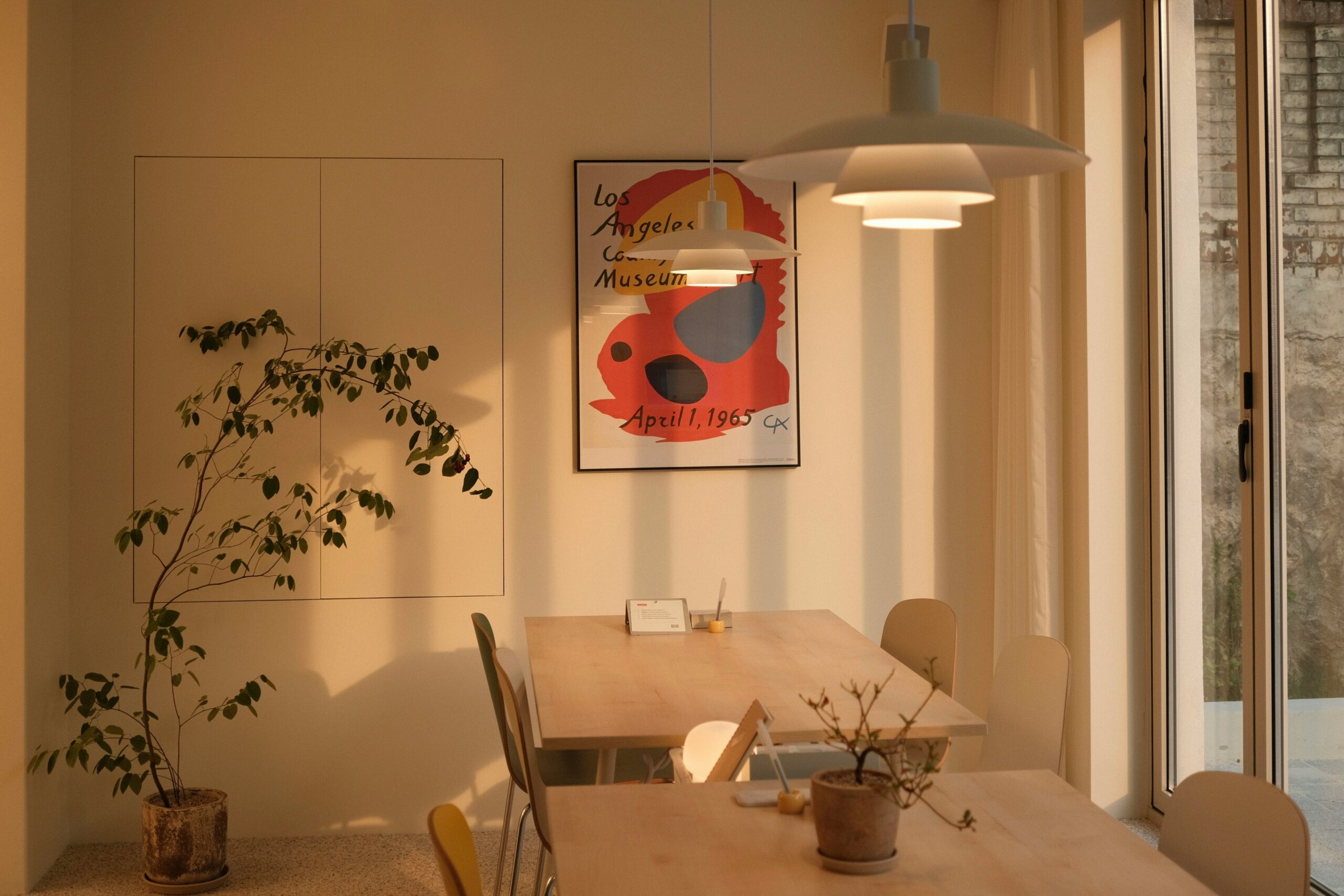Creating an effective study environment involves more than just having the right textbooks and a quiet space. One often overlooked aspect is lighting, a crucial factor that can significantly impact your study habits and overall academic performance. In this article, we’ll explore the ways in which lighting influences your study environment and offer insights into optimizing your lighting setup for productive learning.
- Natural Light: Nature’s Study Buddy
The benefits of natural light cannot be overstated when it comes to studying. Exposure to natural sunlight has been linked to improved mood, increased alertness, and better concentration. Whenever possible, position your study area near a window to maximize the intake of natural light. Not only does it enhance your well-being, but it also helps regulate your circadian rhythm, promoting better sleep patterns and overall cognitive function.
- Color Temperature: The Right Hue for You
The color temperature of light bulbs plays a crucial role in creating the ideal study environment. Cool-toned lights, such as those with higher color temperatures (e.g., daylight or cool white bulbs), tend to promote alertness and focus. On the other hand, warmer-toned lights (e.g., soft white bulbs) can create a more relaxing atmosphere. Consider incorporating adjustable LED lights with variable color temperatures to adapt the lighting to different study tasks and times of day.
- Task Lighting: Illuminate Your Focus
Task lighting, such as desk lamps or adjustable floor lamps, can be instrumental in directing light specifically to your study area. This type of lighting reduces eyestrain and shadows, creating a well-lit space that fosters concentration. Opt for adjustable fixtures that allow you to customize the angle and intensity of the light, ensuring it complements your study materials and minimizes glare.
- Avoid Harsh Glare: Shielding Your Eyes
Harsh glare from overhead lighting or direct sunlight can be distracting and contribute to eye fatigue. Position your desk to avoid direct glare on your study materials and invest in window treatments, such as blinds or curtains, to control the amount of sunlight entering the room. Additionally, use anti-glare screens on electronic devices to reduce eye strain caused by the glare from screens.
- Consistency is Key: Establishing a Routine
Maintaining a consistent lighting routine can signal to your body and mind that it’s time to focus. When studying during the day, prioritize natural light sources. As the evening approaches, transition to artificial lighting with cooler temperatures to help maintain alertness. Finally, as bedtime nears, switch to warmer-toned lights to signal to your body that it’s time to wind down and prepare for sleep.
Conclusion
The impact of lighting on your study habits is a multifaceted aspect that extends beyond mere visibility. By understanding and optimizing your lighting environment, you can create a conducive space that enhances focus, minimizes eye strain, and positively influences your overall well-being. Whether basking in the glow of natural sunlight or strategically adjusting artificial lighting, let your study space be a beacon of illumination that guides you toward academic success.





